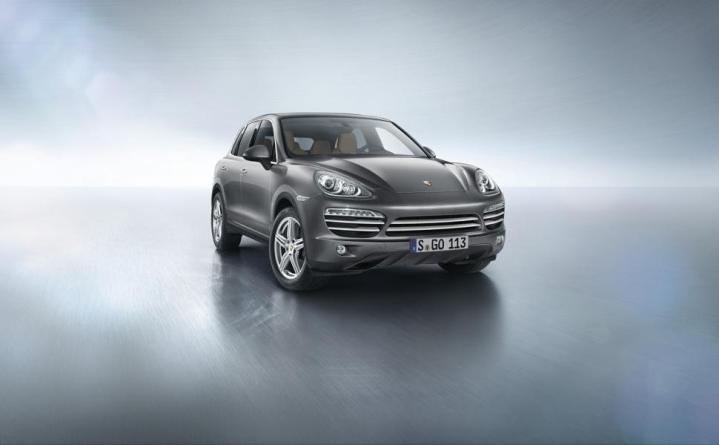
Porsche’s mid-sized luxury crossover, the Cayenne, has been one of the German auto manufacturer’s most popular models since its debut in 2002.
In its 12-year run, the Volkswagen Touareg-based SUV has utilized a variety of powertrains, suspension packages, and aesthetic tweaks to prove that large vehicles can still be fun to drive. However, at its core, the Cayenne is still a big 4×4 wearing a sports car clothes. Porsche has plans to change that.
According to a report by Autocar, Porsche is planning a slimmer, sportier coupe version of the Cayenne for 2018. The smaller Cayenne symbolizes Porsche’s aim to compete with other small crossover-style vehicles like the Range Rover Sport, Mercedes MLC, and BMW X6.
“We have been considering launching a more sporting derivative of the Cayenne for some time now,” a Porsche official announced. “The problem has been the production capacity at our Leipzig factory and the strong sales of the regular Cayenne.”
While no official photos have been released yet, expect the new coupe to sit lower, have a narrower roofline, and wear more aggressive, 918 Spyder-esque bodywork than its predecessors. No, it won’t be as nimble as a 911, but its Nürburgring-honed chassis insures that the new Cayenne should have a focused, precise feel.
These changes will come at a price, though, with the coupe reportedly carrying a 15-20 percent price increase over the current Cayenne. The base model, likely to be powered by a 3.0-liter V6, could debut for around $63,000. Sportier trim lines, diesel models, and hybrid options will go up from there.
Since its debut, some critics have lauded the Cayenne for being too large, too thirsty, and too oblivious to the world’s current ecological and economical state. Porsche purists condemned it for betraying Porsche’s 911-centric heritage.
However, the Cayenne has been a huge moneymaker for Porsche, allowing them to invest in and improve their current line, as well as develop new models like the Panamera. It’s safe to say that Porsche SUVs aren’t going anywhere.
Editors' Recommendations
- Here’s how Porsche plans to give electric SUVs snow-conquering grip
- Watch a Porsche Cayenne set a lap ‘record’ on an unfinished racetrack


